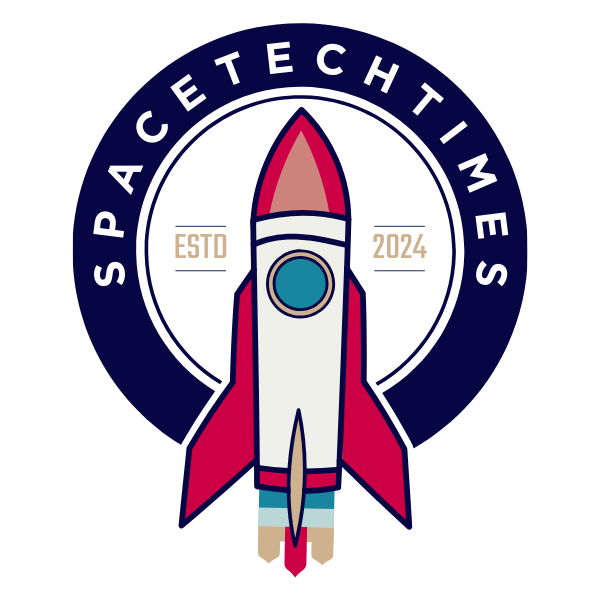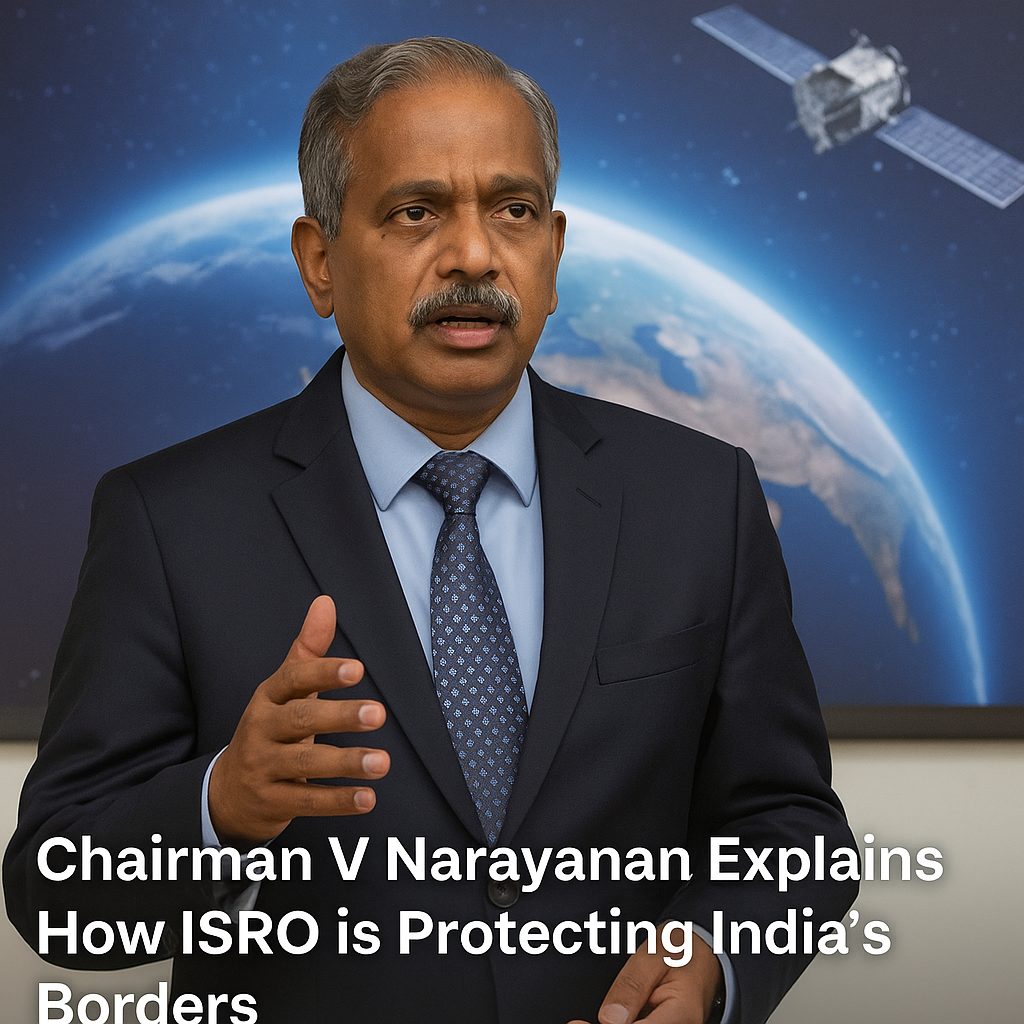Although exploring the moon has always been difficult, a new technology created by the Spanish company GMV may make it as simple as using Waze or Google Maps to drive across town.
Introducing LUPIN: The Lunar Navigation Revolution
The LUPIN system is a GPS-like device that gives rovers and astronauts real-time location awareness on the Moon. As interest in lunar exploration increases, whether for scientific purposes, possible mining prospects, or perhaps future tourism, LUPIN is a component of a broader effort by the European Space Agency (ESA) that aims to improve human navigation on the moon.
The LUPIN system uses signals from satellites orbiting the Moon, which is similar to how GPS works on Earth. These satellites send signals that rovers and astronauts can use to understand exactly where they are on the Moon, making travel much more intuitive and safer. This is a huge step forward since current lunar navigation relies on complicated calculations and signals sent from Earth, which can take time and aren’t always precise. The goal of LUPIN is to make Moon exploration simpler and more efficient, much like the technology we use to get around on Earth today.
Testing LUPIN in Earth’s Moon-Like Terrain
Before sending LUPIN into space, the technology had to be tested in real-world conditions. GMV decided to test it on Earth in an area that closely resembles the Moon’s surface. The testing was done on Fuerteventura, one of Spain’s Canary Islands, which has landscapes similar to those found on the Moon, with barren, rocky ground and little vegetation. As a result, the team was able to model the conditions that rovers and astronauts will encounter on the Moon.
10 Satellites, 9 Targets, 1 Mission—ISRO’s Role in India’s Stealth Strike After Kashmir Attack
The testing in Fuerteventura focused on checking how well the LUPIN system could pinpoint a location on the lunar surface using signals from satellites orbiting the Moon. The results were promising, showing that LUPIN could provide accurate location data in real-time. This ability is crucial because it would allow astronauts and rovers to navigate the Moon more easily and without having to rely on slow communication with Earth. Instead, with LUPIN, they could receive instant feedback, much like how we use GPS on Earth.
The Challenges of Lunar Navigation
Right now, traveling across the Moon isn’t as easy as just following a map. The lack of a GPS system makes it hard for astronauts and rovers to know exactly where they are. Currently, spacecraft on the Moon rely on signals sent from Earth or from relay satellites that are positioned in lunar orbit. However, this system has its problems. For one, it’s not always fast or accurate. There are areas on the Moon, such as the far side or the lunar south pole, that are in constant shadow, making it hard to communicate directly with Earth.
This delay in communication can lead to serious challenges for astronauts trying to make quick decisions or react to sudden changes in their environment.
Switzerland Steps In as Tensions Mount Over Militarization of Space
Another problem is the Moon’s ever-changing landscape. Impacts from meteoroids, as well as the movement of lunar dust, can alter the surface of the Moon, but there is no real-time way to get updated information on these changes. Without accurate and up-to-date information about the lunar surface, it becomes much harder for astronauts and rovers to travel safely and efficiently.
That’s where LUPIN comes in. By using data from satellites orbiting the Moon, LUPIN can help overcome these challenges. The system will combine existing lunar maps with new information gathered by the satellites, including data from dark, shadowed areas like the Moon’s south pole and the far side. This detailed mapping will allow astronauts and rovers to navigate the Moon’s surface more quickly and safely. With accurate location data and up-to-date information about the terrain, it will be possible to plan and execute lunar missions much more efficiently.
LUPIN is a groundbreaking technology that could change the way we explore the Moon. By using satellite signals to provide real-time navigation, LUPIN will make it easier and safer for astronauts and rovers to move around the lunar surface. It is a huge step forward in the effort to explore the Moon more effectively, whether for scientific research, mining, or future tourism. The successful testing of this system brings us closer to a future where lunar exploration is as easy as navigating the streets of any city.




